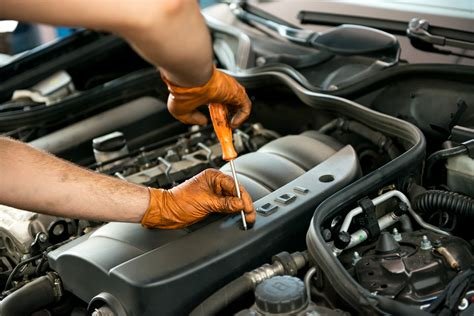Learn how to repair a vehicle engine, transmission, and brakes with expert tips and step-by-step guides. Save money on car repairs.Are you tired of taking your vehicle to the mechanic every time something goes wrong? Learning how to repair your own vehicle can save you time and money in the long run. In this blog post, we’ll cover the basics of vehicle repair, focusing on three essential components: the engine, transmission, and brakes. Whether you’re a novice or have some experience with DIY car repairs, this guide will provide you with the knowledge and confidence to tackle these common issues on your own. From identifying the problem to the step-by-step repair process, we’ll walk you through each aspect of vehicle maintenance. So, roll up your sleeves and get ready to become your own mechanic as we delve into the world of vehicle repair.
How To Repair A Vehicle Engine
Repairing a vehicle engine can seem like a daunting task, but with the right tools and knowledge, it can be done effectively. The first step in repairing a vehicle engine is to diagnose the issue. This may involve using diagnostic tools or simply inspecting the engine for any visible damage. Once the issue has been identified, the next step is to gather the necessary tools and replacement parts. This may include things like wrenches, socket sets, and new gaskets or seals.
After gathering the necessary materials, it’s time to begin the repair process. This may involve removing the engine from the vehicle and disassembling it to access the damaged components. Once the damaged components have been located, they can be replaced with new ones. It’s important to follow the manufacturer’s guidelines when replacing engine components to ensure proper installation. Once the repairs have been completed, the engine can be reassembled and reinstalled in the vehicle. It’s important to thoroughly test the engine after repairs have been completed to ensure that everything is functioning correctly.
How To Repair A Vehicle Transmission
When it comes to repairing a vehicle transmission, it’s important to first diagnose the issue. Signs of transmission problems include slipping gears, strange noises, and leaking fluid. Once the problem has been identified, the next step is to gather the necessary tools and parts for the repair. This may include a transmission filter, gasket, and transmission fluid.
After gathering the necessary items, the next step is to carefully remove the transmission pan and drain the old fluid. Once the fluid has been drained, the old filter can be replaced with a new one, and the pan can be resealed with a new gasket. Finally, the transmission fluid can be refilled to the appropriate level, and the vehicle can be test driven to ensure that the repair was successful.
How To Repair A Vehicle Brakes
When it comes to maintaining your car, one of the most important components to keep in top condition is the brake system. Your brakes are crucial for your safety and the safety of others on the road, so it’s essential to know how to repair them when necessary. Whether you’re dealing with squeaky brakes, brake fluid leaks, or soft brake pedal, understanding the basics of brake repair can save you time and money in the long run.
First and foremost, it’s important to understand the different parts of a brake system and how they work together. Components such as brake pads, rotors, calipers, and brake lines all play a crucial role in ensuring your brakes function properly. If you notice any signs of wear or damage in these parts, it’s essential to address them promptly to prevent further issues and potential accidents on the road.
